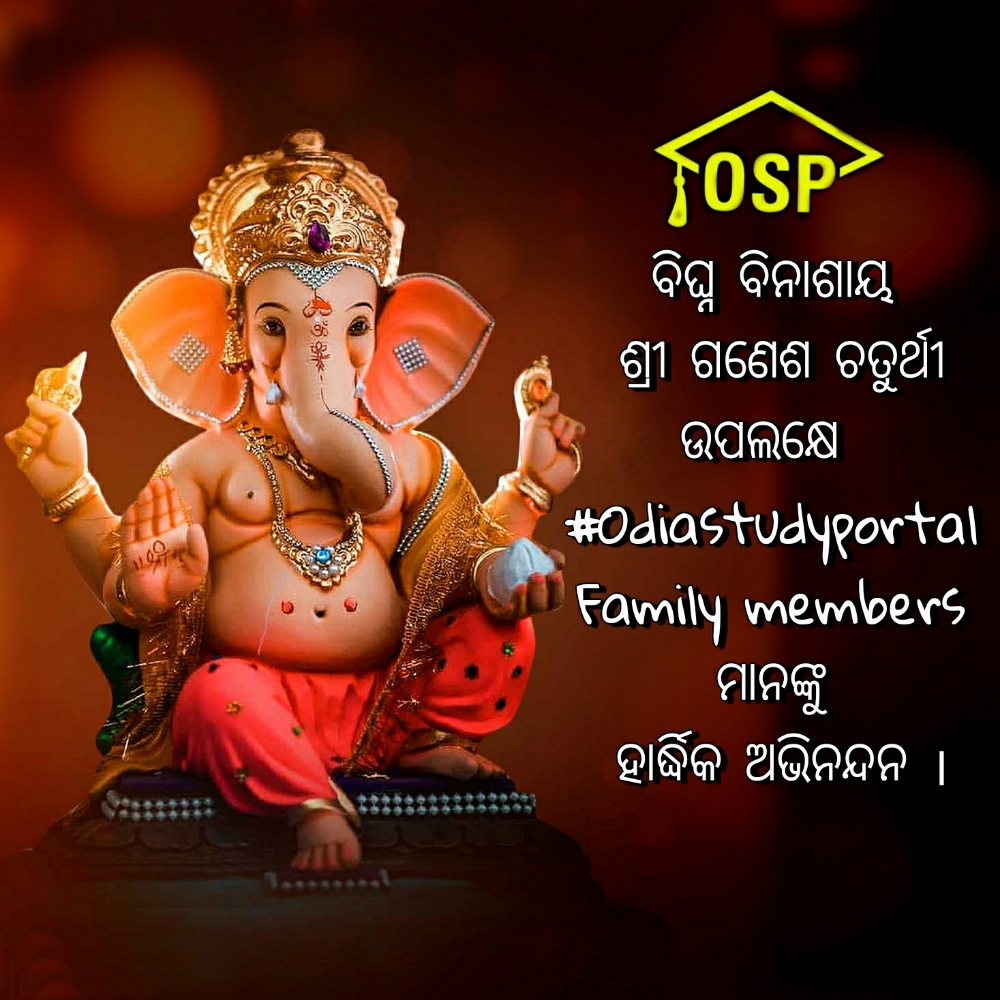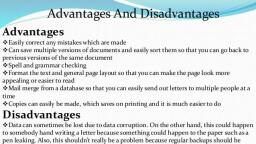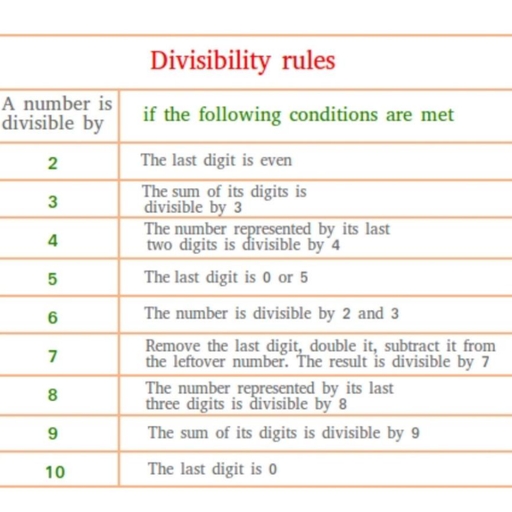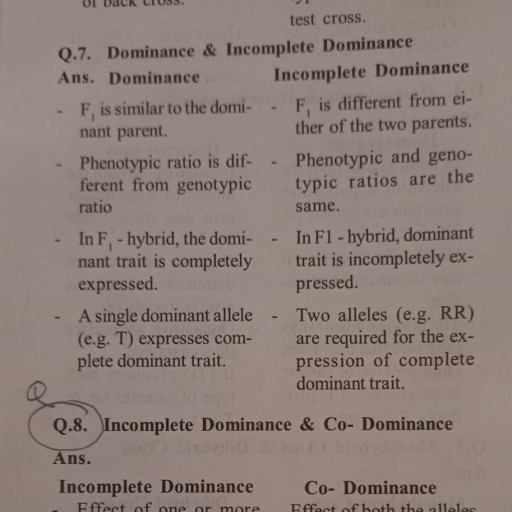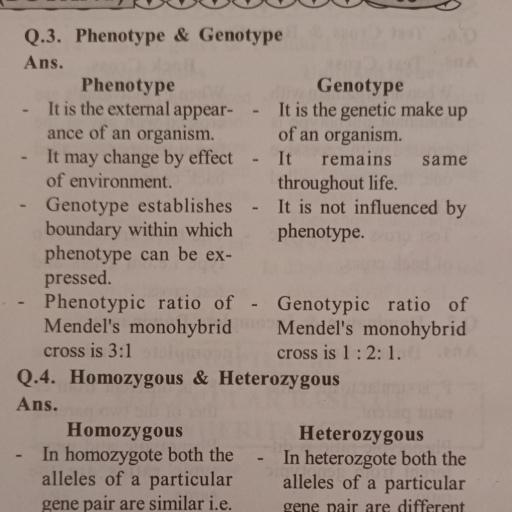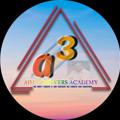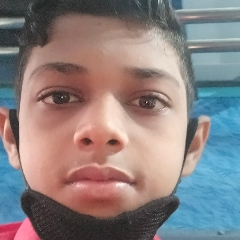Question 1 :
<img style='object-fit:contain' src='https://teachmint.storage.googleapis.com/question_assets/cbse_ncert/61b1c8bef59b460d7261e8c4.PNG' />
Using the above figure, tell whether it has both line symmetry as well as rotational symmetry or not?
Question 2 :
Is it possible to construct a triangle ABC when $m\angle A=60^{\circ}$ , $m\angle B=30^{\circ}$ and AB =5.8 cm?
Question 3 :
Is it possible to construct a triangle ABC when AB=5 cm , BC =6 cm and AC=7 cm ?
Question 4 :
<img style='object-fit:contain' src='https://teachmint.storage.googleapis.com/question_assets/cbse_ncert/61b1c8cdf59b460d7261e8d9.PNG' />
In the above figure, state the order of rotational symmetry?
Question 6 :
The corners of a solid shape are called its vertices, the line segments/curves which form its skeleton are its edges and its flat surfaces are its faces.Is it TRUE or FALSE?
Question 7 :
Is it possible to construct the triangle XYZ when XY=4.5 cm , YZ=5 cm and ZX=6 cm?
Question 8 :
<img style='object-fit:contain' src='https://teachmint.storage.googleapis.com/question_assets/cbse_ncert/61b1c9ecf59b460d7261ea46.jpg' />
See the above figure and tell which kind of triangle is it .
Question 9 :
<img style='object-fit:contain' src='https://teachmint.storage.googleapis.com/question_assets/cbse_ncert/61b1c8ccf59b460d7261e8d8.PNG' />
In the above figure, state whether it shows rotational symmetry or not ?
Question 11 :
State whether the given statement is true or false:- A net of a 3-D shape is a sort of skeleton - outline in 2-D, which, when folded results in the 3-D shape.
Question 12 :
<img style='object-fit:contain' src='https://teachmint.storage.googleapis.com/question_assets/cbse_ncert/61b1c8ccf59b460d7261e8d7.PNG' />
In the above figure, state the number of lines of symmetry.
Question 13 :
Regular polygons have equal sides and equal angles. They have_______ lines of symmetry.
Question 14 :
<img style='object-fit:contain' src='https://teachmint.storage.googleapis.com/question_assets/cbse_ncert/61b1c9eef59b460d7261ea4a.jpg' />
Is the above figure a right-angled triangle whose hypotenuse is 6 cm long and one of the legs is 4 cm long?
Question 16 :
<img style='object-fit:contain' src='https://teachmint.storage.googleapis.com/question_assets/cbse_ncert/61b1c9e8f59b460d7261ea41.png' />
Is the above figure a right angled triangle at M where LN=5 cm and MN=3 cm?
Question 17 :
Is it possible to construct a triangle PQR when PQ=3 cm , QR=5.5 cm and $\angle PQR=60^{\circ}$?
Question 18 :
<img style='object-fit:contain' src='https://teachmint.storage.googleapis.com/question_assets/cbse_ncert/61b1c8caf59b460d7261e8d4.PNG' />
In the above figure, state the number of lines of symmetry.
Question 19 :
Is it possible to construct an isosceles triangle in which the lengths of each of its equal sides is 6.5 cm and the angle between them is $110^{\circ}$?
Question 20 :
Is it possible to construct a triangle PQR when PQ=5 cm ,$m\angle PQR=105^{\circ}$ , $m\angle QRP=40^{\circ}$ ?
